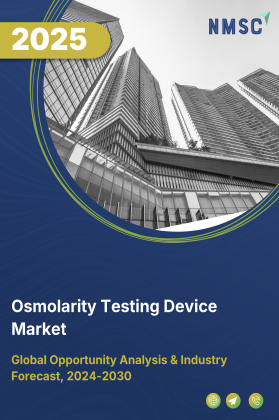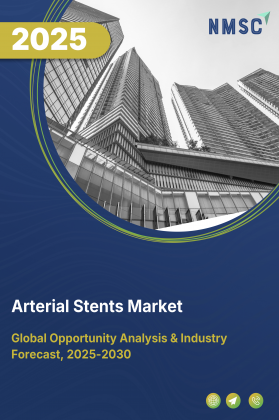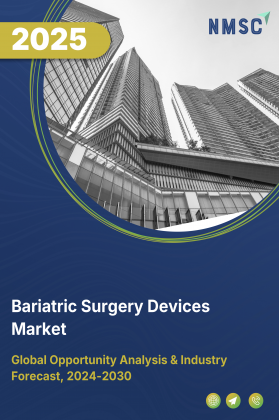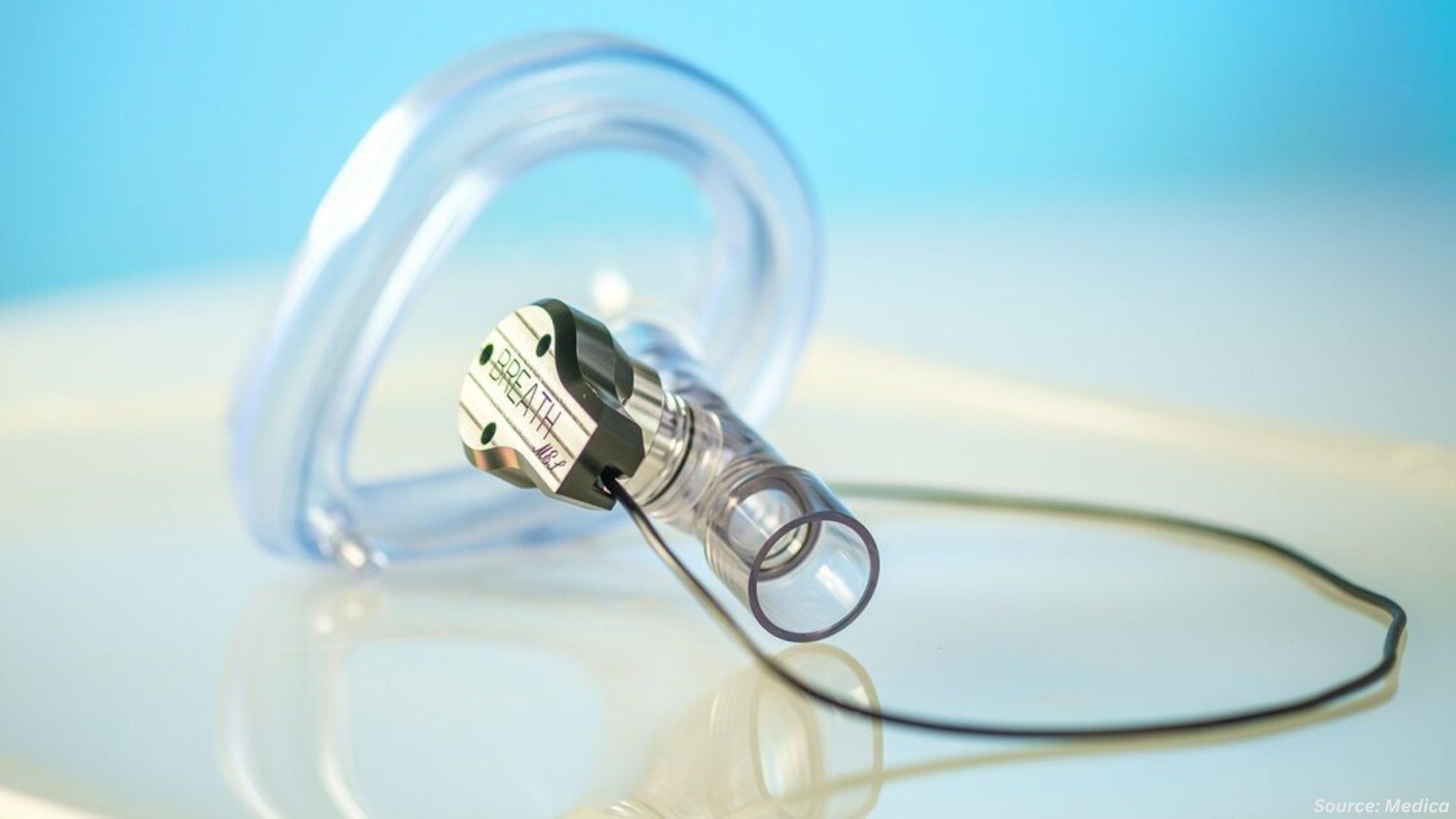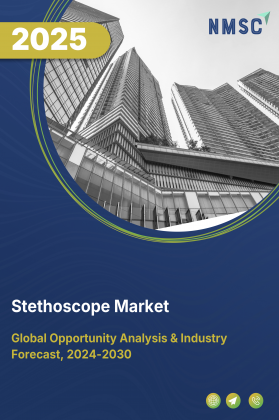
Stethoscope Market by Material (Standard Materials), by Product Type (Acoustic Stethoscopes), by Technology (Manual Operation, Electronic Amplification, Digital Signal Processing, AI Integration), by Price Segment (Entry-level, Mid-range, Premium), by Distribution Channel (Direct-to-Consumer, Business-to-Business, Third-Party Retail, Institutional Procurement), by End User (Diagnostic Centers, Home Healthcare Providers) – Global Opportunity Analysis and Industry Forecast, 2025–2030
Industry Outlook
The global Stethoscope Market size was valued at USD 820 million in 2024 and is predicted to reach USD 850 million by the end of 2025. The industry is predicted to reach USD 1140 million by 2030 with a CAGR of 6.8% from 2025 to 2030.
The market is experiencing significant growth driven by the expanding aging population and the rising prevalence of chronic diseases such as cardiovascular and respiratory conditions. As older adults require regular monitoring and accessible healthcare, demand for both traditional and advanced digital stethoscopes is increasing.
The rapid adoption of telehealth and remote patient monitoring further fuels the market expansion by enabling real-time diagnostic capabilities during virtual consultations, especially benefiting elderly and rural patients. However, the high cost of advanced digital models poses challenges for widespread adoption, particularly in low- and middle-income regions.
Innovations integrating artificial intelligence are enhancing diagnostic accuracy and accessibility, transforming stethoscopes into smart, connected devices that support early detection and efficient care delivery, positioning the market for robust future growth.
Rising Aging Population Fuels Demand for Stethoscopes
The rapidly growing global aging population is becoming a significant driver for the demand of stethoscopes. According to the World Health Organization, by 2030, one in six people worldwide will be aged 60 or older, with this number projected to rise from 1 billion in 2020 to 1.4 billion. By 2050, the figure will double to 2.1 billion, and those aged 80 and above will triple to 426 million. This demographic shift is increasing the need for continuous, accessible, and specialized healthcare.
Older adults, who are more prone to chronic conditions and face mobility challenges, require regular health check-ups and monitoring of heart, lung, and other vital sounds core uses of stethoscopes. As healthcare providers focus on home-based care, telemedicine, and frequent health assessments, demand for advanced and digital stethoscopes is set to rise, supporting better diagnosis and ongoing care for the elderly population.
Increasing Prevalence of Chronic Diseases Drives the Market
The stethoscope market growth is also being propelled by the rising incidence of chronic illnesses such as cardiovascular diseases, respiratory disorders and diabetes, which demand frequent patient monitoring. These conditions require regular auscultation to detect abnormalities, track disease progression, and guide treatment decisions.
According to the World Health Organization, cancer cases worldwide stood at 20 million in recent years and are expected to reach 35 million by 2050, a 77% increase over three decades. Similarly, the growing burden of heart and lung diseases is increasing the need for both traditional and electronic stethoscopes, as they remain essential tools for frontline diagnosis, ongoing monitoring, and preventive healthcare worldwide.
Expansion of Telehealth and Remote Monitoring Boost Market Expansion
The global acceleration of telehealth adoption driven by improved internet connectivity, smartphone penetration, and post-pandemic healthcare digitization has created a strong demand for diagnostic tools that seamlessly integrate with virtual consultation platforms.
Digital stethoscopes are playing a critical role in this transformation by enabling physicians to capture, transmit, and analyse high-quality heart, lung, and bowel sounds in real time during remote consultations. This reduces the need for patients to travel to clinics, particularly benefiting elderly individuals, those in rural areas, and patients with mobility limitations.
High Cost of Advanced Digital Stethoscopes Restrain the Market Growth
In the market, the high price of advanced digital models remains a key challenge to wider adoption. Limited healthcare budgets in low- and middle-income countries reduce the ability of institutions to invest in premium devices, leading smaller clinics and rural health centres to rely on more affordable traditional stethoscopes.
In developed markets, hospital budget constraints slow the transition from conventional to digital stethoscopes, despite the technological advantages they offer, which in turn restrain the market growth.
AI-Enhanced Stethoscopes with Real-Time Diagnostic Capabilities Present Lucrative Growth Prospects
The integration of artificial intelligence into advanced stethoscopes is creating significant opportunities for market expansion. AI-powered models detect abnormal heart and lung sounds, such as murmurs, crackles, and wheezes, with high diagnostic accuracy, enabling even non-specialist healthcare workers to perform effective frontline screening. This technology is particularly valuable in underserved and rural regions, where access to specialists is limited, and supports early detection, faster treatment decisions, and improved patient outcomes.
Recent innovations highlight the market potential. In 2024, Eko Health launched its CORE 500 digital stethoscope, equipped with AI-driven sound analysis, a high-fidelity audio system, full-colour display, and integrated ECG functionality. The device has received FDA 510(k) clearance for detecting tachycardia, bradycardia, and atrial fibrillation in both remote and in-person care settings. Such advancements position the stethoscope as more than just a diagnostic tool it becomes a connected, data-driven solution central to modern telehealth and hybrid care models.
Market Segmentations and Scope of the Study
The stethoscope market report is segmented by material, product type, technology, price segment, distribution channel, end user and regions. Materials include standard, hypoallergenic, and eco-friendly options. Product types cover acoustic, electronic, fetal, and specialty stethoscopes. Technologies range from manual operation and electronic amplification to advanced digital signal processing and AI integration, reflecting varying levels of sophistication and diagnostic capability. Price segments include entry-level, mid-range, premium, and ultra-premium, addressing different budget requirements. Distribution channels consist of direct-to-consumer sales, business-to-business transactions, third-party retail, and institutional procurement, ensuring broad market reach. End users span diagnostic centres, home healthcare providers, highlighting the wide applicability of stethoscopes across professional and individual settings. Regionally, the market spans North America, Europe, Asia-Pacific and Rest of the World.
Geographical Analysis
The market in North America is experiencing strong growth driven by the rising prevalence of chronic diseases. In 2024, the Centers for Disease Control and Prevention (CDC) reported that six in ten Americans live with at least one chronic condition, while four in ten face two or more. Conditions such as heart disease, diabetes, and respiratory disorders, linked to smoking, poor nutrition, physical inactivity, and excessive alcohol consumption, require consistent monitoring and timely diagnosis. Stethoscopes serve as essential tools for accurate heart and lung assessments during routine check-ups and ongoing care.
A major driver for the stethoscope market share in Europe is the region’s rapidly aging population, which is increasing the demand for ongoing healthcare and chronic disease management. As the number of elderly individuals rises, so does the prevalence of age-related conditions such as cardiovascular and respiratory diseases that require frequent monitoring. This demographic trend is pushing healthcare systems to adopt more advanced diagnostic tools, including digital and AI-enabled stethoscopes, to provide accurate and efficient assessments.
Additionally, Europe’s strong emphasis on integrating telehealth and remote patient monitoring services further boosts the need for connected, high-tech stethoscopes that facilitate virtual consultations and continuous care, especially for patients with limited mobility or those living in remote areas.
In the Asia-Pacific region, steady market growth is supported by the rapid adoption of home healthcare services in countries such as India, China, and Japan. The shift toward home-based management of chronic illnesses and regular health monitoring has increased reliance on stethoscopes among healthcare professionals and caregivers. The preference for personalized healthcare solutions aligns with this trend.
Expansion of hospital infrastructure further drives demand, as new healthcare facilities require stethoscopes for routine examinations, specialized diagnostics, and critical care services. According to the India Brand Equity Foundation, India’s hospital market was valued at USD 98.98 billion in 2023 and is projected to reach USD 193.59 billion by 2032, representing a 96% rise over nine years.
In the Rest of the World (RoW), growth is driven by rising investments in healthcare infrastructure, expansion of primary care networks, and increasing awareness of preventive healthcare. Countries in Latin America, the Middle East, and Africa are improving access to diagnostic tools, with stethoscopes remaining a core component of medical kits in clinics, hospitals, and mobile healthcare units. The availability of affordable, high-quality models drives broader adoption, particularly in underserved areas.
Analysis of Strategic Developments in the Industry
Key players in the stethoscope industry are focusing on technological innovation, global expansion, and enhanced user experience to strengthen their market presence and address evolving healthcare needs.
-
In April 2025, Eko Health, Inc. expanded globally, launching its CORE 500 digital stethoscope along with the Eko+ membership in both Canada and the UK, offering AI-enabled heart and lung diagnostics for virtual and in‑person care.
-
In January 2024, 3M introduced Littmann stethoscopes featuring a new satin‑finish tubing, offering improved flexibility and reduced stickiness to hair or clothing.
-
In September 2024, Thinklabs One digital stethoscope continued to be known for industry-leading amplification (100×+), portability, and integration with telemedicine systems.
Key Benefits
-
The report provides quantitative analysis and estimations of the market from 2025 to 2030, which assists in identifying the prevailing industry opportunities.
-
The study comprises a deep-dive analysis of the current and future stethoscope market trends to depict prevalent investment pockets in the sector.
-
Information related to key drivers, restraints, and opportunities and their impact on the market is provided in the report.
-
Competitive analysis of the key players, along with their market share is provided in the report.
-
SWOT analysis and Porters Five Forces model is elaborated in the study.
-
Value chain analysis in the market study provides a clear picture of roles of stakeholders.
Stethoscope Market Key Segments
By Material
-
Standard materials
-
Hypoallergenic materials
-
Eco-friendly materials
By Product Type
-
Acoustic stethoscopes
-
Electronic stethoscopes
-
Fetal stethoscopes
-
Specialty stethoscopes
By Technology
-
Manual operation
-
Electronic amplification
-
Digital signal processing
-
AI integration
By Price Segment
-
Entry-level
-
Mid-range
-
Premium
-
Ultra-premium
By Distribution Channel
-
Direct-to-consumer
-
Business-to-business
-
Third-party retail
-
Institutional procurement
By End User
-
Diagnostic Centers
-
Home Healthcare Providers
-
Nursing Homes and Assisted Living Facilities
-
Ambulatory Care Centers
-
Emergency Medical Services (EMS)
-
Veterinary Clinics
-
Medical Schools and Training Institutes
-
Personal/Home Users (for self-monitoring)
By Region
-
North America
-
The U.S.
-
Canada
-
Mexico
-
-
Europe
-
The UK
-
Germany
-
France
-
Italy
-
Spain
-
Denmark
-
Netherlands
-
Finland
-
Sweden
-
Norway
-
Russia
-
Rest of Europe
-
-
Asia-Pacific
-
China
-
Japan
-
India
-
South Korea
-
Australia
-
Indonesia
-
Singapore
-
Taiwan
-
Thailand
-
Rest of Asia-Pacific
-
-
RoW
-
Latin America
-
Middle East
-
Africa
-
Key Players
-
3M
-
Hillrom & Welch Allyn (Baxter)
-
HEINE Optotechnik GmbH & Co. KG
-
Rudolf Riester GmbH
-
Prestige Medical
-
Rossmax International Ltd.
-
Thinklabs Medical LLC
-
CONTEC MEDICAL SYSTEMS CO., LTD
-
BOSCH + SOHN GmbH u. Co. KG
-
Fazzini Srl
-
Timesco Healthcare Ltd
-
Spengler SAS
-
IndoSurgicals Private Limited.
Report Scope And Segmentation
|
Parameters |
Details |
|
Market Size in 2025 |
USD 850 Million |
|
Revenue Forecast in 2030 |
USD 1140 Million |
|
Growth Rate |
CAGR of 6.8% from 2025 to 2030 |
|
Analysis Period |
2024–2030 |
|
Base Year Considered |
2024 |
|
Forecast Period |
2025–2030 |
|
Market Size Estimation |
Billion (USD) |
|
Growth Factors |
|
|
Countries Covered |
28 |
|
Companies Profiled |
15 |
|
Market Share |
Available for 10 companies |
|
Customization Scope |
Free customization (equivalent up to 80 working hours of analysts) after purchase. Addition or alteration to country, regional, and segment scope. |
|
Pricing and Purchase Options |
Avail customized purchase options to meet your exact research needs. |

















 Speak to Our Analyst
Speak to Our Analyst



